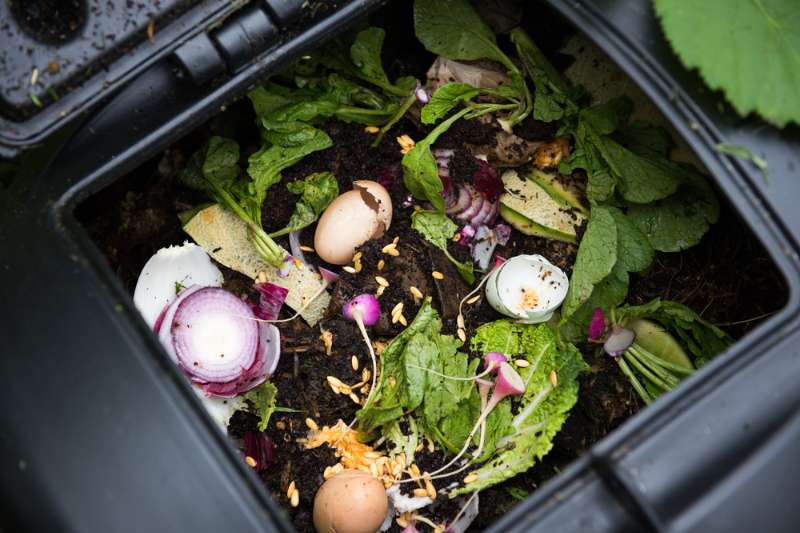Do you find composting a challenge? If you do, loosen up and worry no more because this homesteader’s guide to composting will lead your path to a healthier and cleaner environment.
The Ultimate Homesteader’s Guide To Composting
What is composting? Composting is simply a process of decaying organic materials the natural way making the soil healthier and more suitable for planting. If you have been planning or looking for an inspiration to get started, here’s how to:
How Should You Begin:
1. Consider The Season
It doesn’t make a huge difference when it comes to indoor composting, but it certainly does when we’re talking about outdoor composting. My favorite time of composting is during fall. When there are lots of microbe-rich leaves available for kick-starting my compost project, I still need to consider my equipment will be in freezing temperatures in just a few weeks. Thus, I’m going to use some leaves to create an insulated layer for the outdoor composted I’m DIYing.
2. Consider Your Compostables
How much organic matter does your family have to compost each day? How quickly does this add up? The goal of these questions is to determine how much you can realistically compost at one time in your current situation. For us, I know we have more organic waste than we could reasonably transform into compost for our small gardens. The thought has crossed my mind to sell or gift the extra compost but we would need to store the excess until it is moved. Hard to believe I know, but not many of our immediate friends are compost-curious.
Here’s a quick list of compostables you can consider to create an organic compost:
- Dryer sheets
- Soy, rice, almond, etc. milk
- Pickles
3. Get The Right Equipment
Luckily, a lot of things can be easily upcycled into incredible composters. You don’t need to go out and buy a fancy pre-fab kit. I thought over the many options and ultimately decided to go with something quite simple: two black garbage bins with lids. One is a size smaller and will fit almost perfectly into the larger one. The larger one will already be packed with insulation-providing leaves. Then, all that’s really left to secure is something – like a shovel or big stick – to stir the compost up with every few day.
4. Make It A Habit
Humans are creatures of habit – even when those habits aren’t the best. We’re used to tossing our tea bags, fruit peels and stale bread into the garbage. We’re used to bringing that garbage, in its plastic bag, out to the curb, to the garbage shoot, or to the collection bin.
Composting seems like more work simply because it is a little different. In reality, you’re just tossing the organic materials into a different bin. Instead of tying up a plastic bag and disposing of it,…

